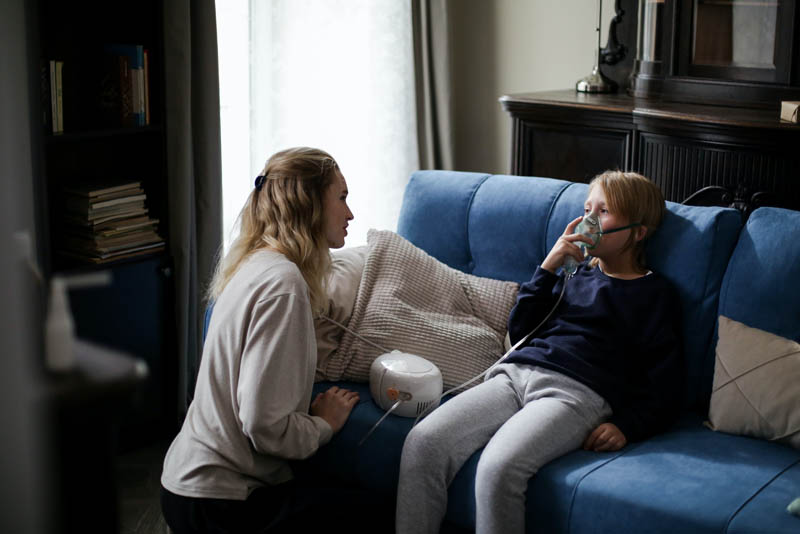
Typically, those who suffer from asbestos-related diseases are adults. That’s because in most cases, they are exposed to the fibers through their work.
However, when children are exposed to asbestos, they’re more vulnerable to the effects than adults are. Whether their exposure is in their home or school or they have second-hand exposure from a parent or other adult, the risk of developing an asbestos-related medical condition should not be ignored.
Why are children more vulnerable?
It’s been estimated that children are five times more likely to develop mesothelioma than adults after the same amount of exposure. There are several reasons for that.
Their lungs are smaller and more compact than those of adults. They also breathe more quickly, which means they can inhale more asbestos particles in the same period than an adult would. Beyond that, young children often put their hands in or near their mouths, which can transfer particles they might pick up from surfaces into their lungs.
How can children be exposed?
Decades ago, the 1986 Asbestos Hazard Emergency Response Act (AHERA) was passed to require schools to inspect for asbestos and take abatement actions where needed. While that helped rid most schools built in the preceding decades from dangerous levels of asbestos, that doesn’t mean the problem can’t still crop up.
Schools, homes and other buildings that were constructed between the 1940s and 1980s using materials that contained asbestos likely contain some fibers. However, they’re typically not dangerous unless they are disturbed. This can happen when major repairs or renovations are done and, even before that, if a building becomes damaged in a tornado, fire or another event.
Asbestos is sometimes still found in toys and other products like play make-up kits that are intended for children. It’s crucial to pay attention to any recalls and other media reports of asbestos being found in these products – even in small amounts.
Asbestos will likely never be fully eliminated. However, companies and organizations of all kinds have a responsibility to prevent their employees and others they have a responsibility to from unnecessary and dangerous exposure. If you or a loved one is suffering from an asbestos-related disease, find out what your options are for seeking compensation.
